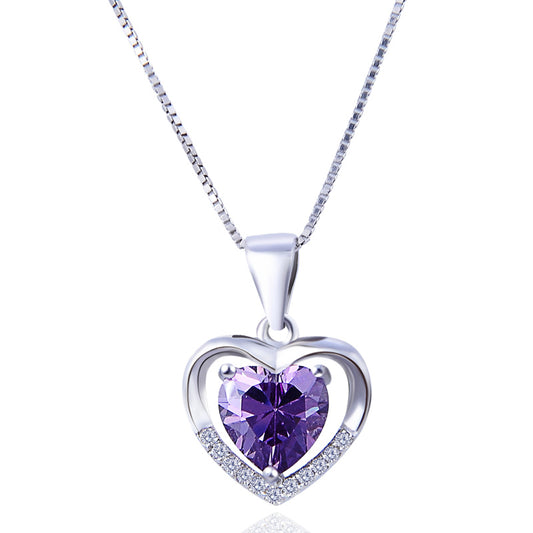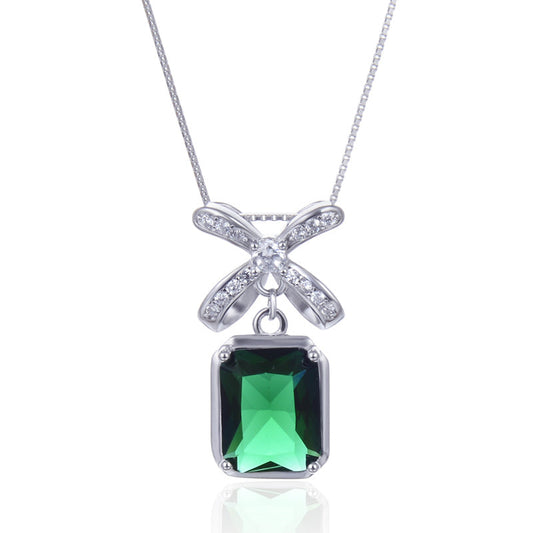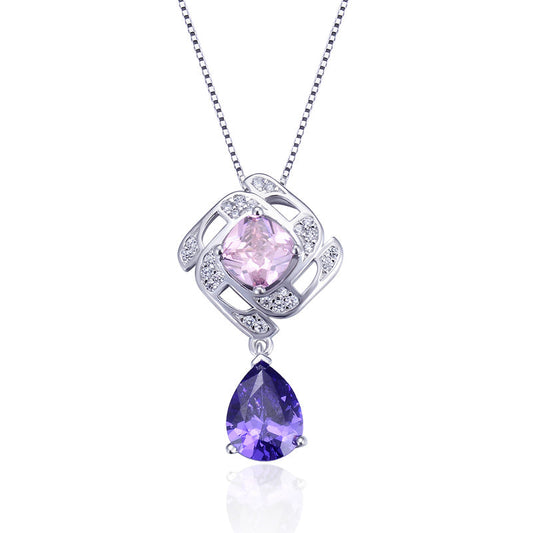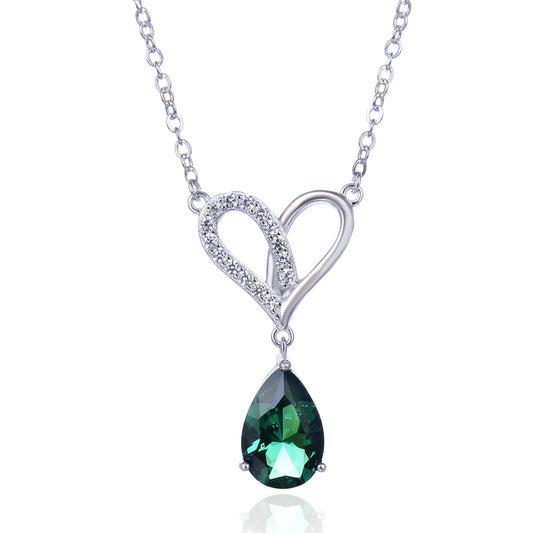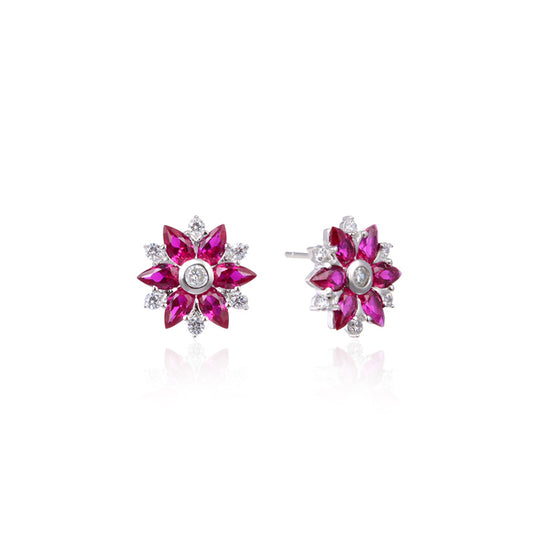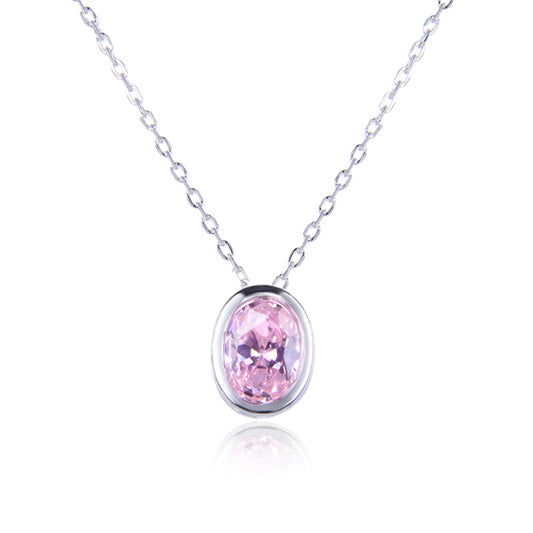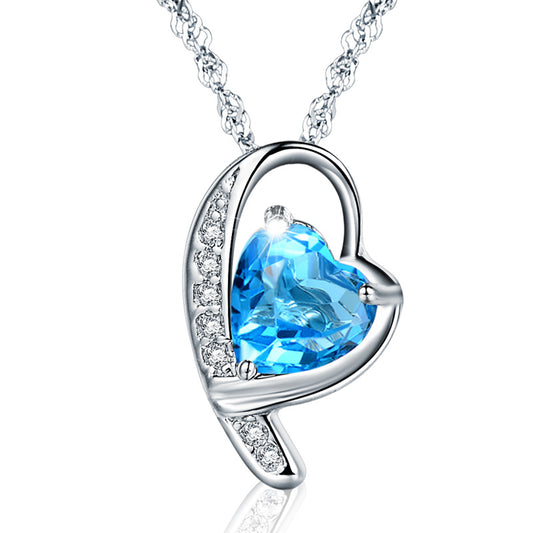Shein Online Shopping: The Rise and Challenges of a Global Fast-Fashion Giant]
In the world of online fashion retail, few names have achieved the level of recognition and success as Shein. The Chinese fast-fashion giant has taken the global market by storm, offering a seemingly endless array of affordable and trendy clothing options through its online platform. However, as the brand continues to grow and expand, it faces a unique set of challenges and criticisms related to its Shein online shopping experience.
Shein's rise to fame can be traced back to its inception in 2008. The brand started as a small online retailer selling affordable fashion items and quickly gained popularity among budget-conscious shoppers. Its success can be attributed to several factors, including its ability to quickly adapt to changing trends, its efficient supply chain, and its aggressive marketing strategies.
One of the key aspects of Shein's success has been its online shopping platform. The brand has invested heavily in creating a user-friendly and engaging online shopping experience. Its website and mobile app offer a wide range of products, including clothing, accessories, and footwear, all at highly competitive prices. The platform also features a user-friendly interface, making it easy for customers to browse and purchase items.
However, as Shein's popularity has grown, so have the criticisms surrounding its online shopping experience. One of the main issues raised by customers is the quality of the products. While Shein's prices are undoubtedly attractive, many customers have complained about receiving items that are poorly made or do not match the descriptions provided on the website. This has led to a growing number of negative reviews and complaints on social media and consumer forums.
Another issue facing Shein is the sustainability of its fast-fashion model. The brand's ability to quickly produce and deliver new styles at low prices often comes at the cost of environmental and social responsibility. Critics argue that Shein's production processes contribute to environmental degradation and labor exploitation, particularly in its manufacturing facilities in China.
Despite these challenges, Shein continues to grow and expand its online shopping empire. The brand has responded to criticism by implementing a range of strategies aimed at improving product quality and enhancing its sustainability credentials. For example, Shein has introduced a more rigorous quality control process to ensure that products meet higher standards before being shipped to customers. The brand has also invested in more sustainable production methods and materials, although the extent of these efforts remains to be seen.
In addition to these internal changes, Shein is also looking to expand its online shopping presence further. The brand has already established a strong foothold in markets such as the United States, Europe, and Australia and is now looking to tap into new markets in Asia and Africa. To achieve this, Shein is investing heavily in marketing and advertising campaigns tailored to the unique preferences and needs of these markets.
As Shein continues to grow and evolve, it remains to be seen how the brand will address the challenges facing its online shopping experience. Will it be able to strike a balance between affordability, quality, and sustainability? Only time will tell if Shein can maintain its position as a global fast-fashion giant while also meeting the growing demands of consumers and regulators.
In conclusion, Shein online shopping represents a unique phenomenon in the world of fashion retail. The brand's ability to offer affordable and trendy clothing options through its online platform has made it a popular choice among budget-conscious shoppers worldwide. However, as it continues to grow and expand, Shein must address the challenges facing its online shopping experience, including quality issues and sustainability concerns. Only by doing so can the brand hope to maintain its position as a leading player in the global fashion retail landscape.


